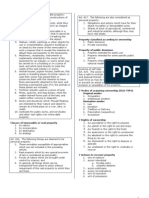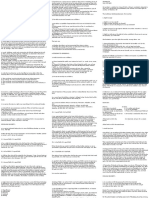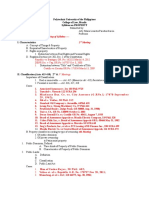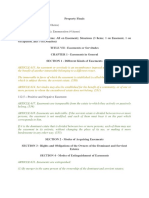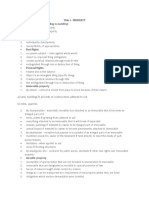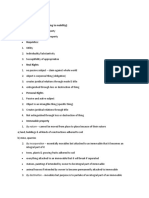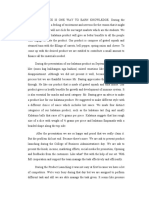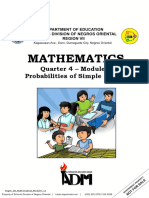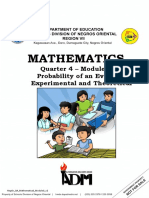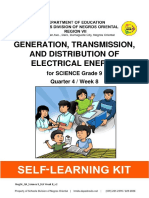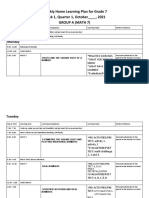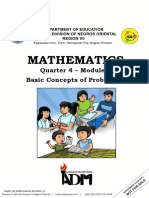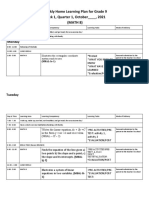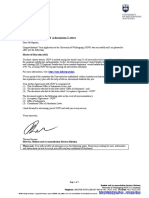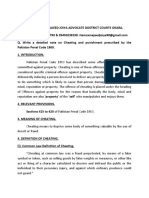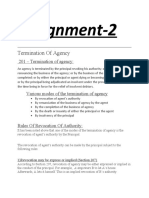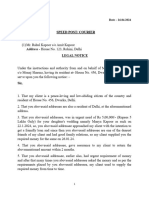0% found this document useful (0 votes)
91 views5 pagesPROPERTY Syllabus
This document provides a summary of the course LAW113A - PROPERTY which covers various topics related to property law. The course will be taught over one term from August 30, 2022 to December 2022. It will meet Monday through Thursday from 5:30 PM to 7:00 PM on Zoom. The course will cover characteristics of different types of property, modes of acquiring ownership, concepts of accession, co-ownership, possession, usufructs, easements, nuisance, and actions related to quieting title. Student performance will be evaluated based on attendance, projects, quizzes, and a final exam.
Uploaded by
Jeson GaiteraCopyright
© © All Rights Reserved
We take content rights seriously. If you suspect this is your content, claim it here.
Available Formats
Download as PDF, TXT or read online on Scribd
0% found this document useful (0 votes)
91 views5 pagesPROPERTY Syllabus
This document provides a summary of the course LAW113A - PROPERTY which covers various topics related to property law. The course will be taught over one term from August 30, 2022 to December 2022. It will meet Monday through Thursday from 5:30 PM to 7:00 PM on Zoom. The course will cover characteristics of different types of property, modes of acquiring ownership, concepts of accession, co-ownership, possession, usufructs, easements, nuisance, and actions related to quieting title. Student performance will be evaluated based on attendance, projects, quizzes, and a final exam.
Uploaded by
Jeson GaiteraCopyright
© © All Rights Reserved
We take content rights seriously. If you suspect this is your content, claim it here.
Available Formats
Download as PDF, TXT or read online on Scribd
/ 5











